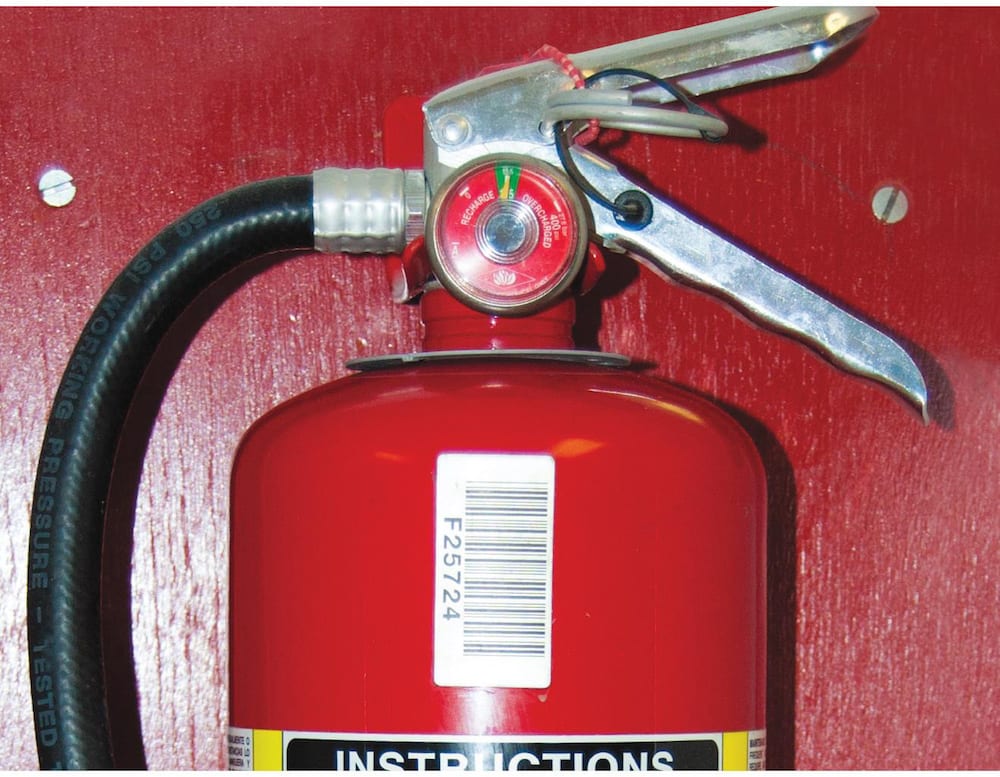NASA seeks to license a patented non-toxic environmentally safe flame suppressant. The technology was developed at the Kennedy Space Center (KSC) to replace KSCs current halon flame suppressants. Unlike halon, this invention is not only non-toxic but also does not deplete the ozone, which contributes to stratospheric ozone destruction. Based on recent successes using water mist as a flame suppressant, this invention consists of water mist that is microencapsulated in a flame retardant polymer capsule. This technology provides a way of realizing the benefits from using small size water-containing droplets, to retard and suppress a flame while, at the same time, overcoming the known problems associated with the use of such water droplets by themselves (freezing or evaporating).
The use of the present invention provides three primary flame suppression actions. First the vaporization of the water extracts large amounts of heat from the fire. Second, the water vapor tends to displace oxygen from the flame, and finally, the microencapsulant material can produce free radicals that inhibit the flame propagation reaction, similar to the effects of halon. The system was developed as a back up to the current halon supply at Kennedy Space Center. Halon is no longer being produced because of its toxicity, and it is very possible that one incident at Kennedy could deplete the current supply of halon.
Like this entry?
-
About the Entrant
- Name:Jeffrey Kohler
- Type of entry:individual
- Patent status:patented

